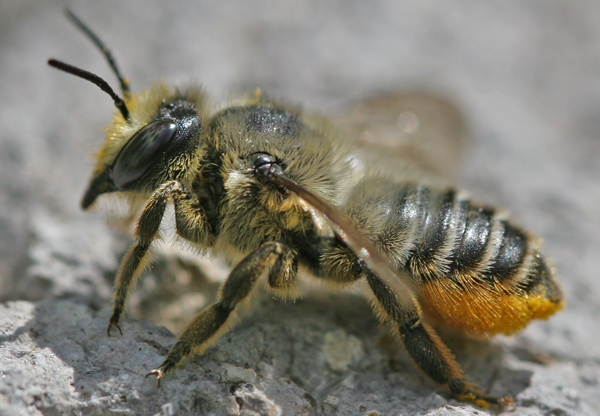I have a certain fondness for insects and believe that our understanding of vision and visual pathways can benefit greatly from the study of insect visual systems. Our understanding of visual processing is actually pretty limited and simpler visual systems to study from eye to brain are found in insects compared to vertebrates.
In fact, the insect like a bee or drosophila presents an excellent opportunity to create an entire connectome of visual processing from sensor to final image processing, potentially giving us the entirety of algorithmic image processing in an intact neural system. It is interesting to note that honeybees have long been used to study vision at the behavioral level and to some extent at the physiological level with single neuron or single unit recordings. But until now, no concerted effort had been made to study visual processing at the circuitry level in the bee.
This paper by Theo Mota, Nobuhiro Yamagata, Martin Giurfa, Wulfila Gronenberg and Jean-Christophe Sandoz sets out to characterize the neuroanatomy and the physiology of the anterior optic tubercle, an area thought to be important for processing of polarized light. In other words, neurons in these areas appear to demonstrate polarization opponency with responses to both excitatory and inhibitory input from photoreceptors. This structure may also encode additional light processing that responds to the solar azimuth which would help orient the insect in flight.
The papers findings are specific, describing involvement of the anterior optic tubercle in segregating visual information in the honeybee brain, but more importantly, it establishes a substantial contribution to the study of the insect visual system at the circuit level.
The image above is a leafcutter bee (Megachile sp.) from this source. I did not have a handy image of an Apis mellifera handy, so the Megachile will have to do.
